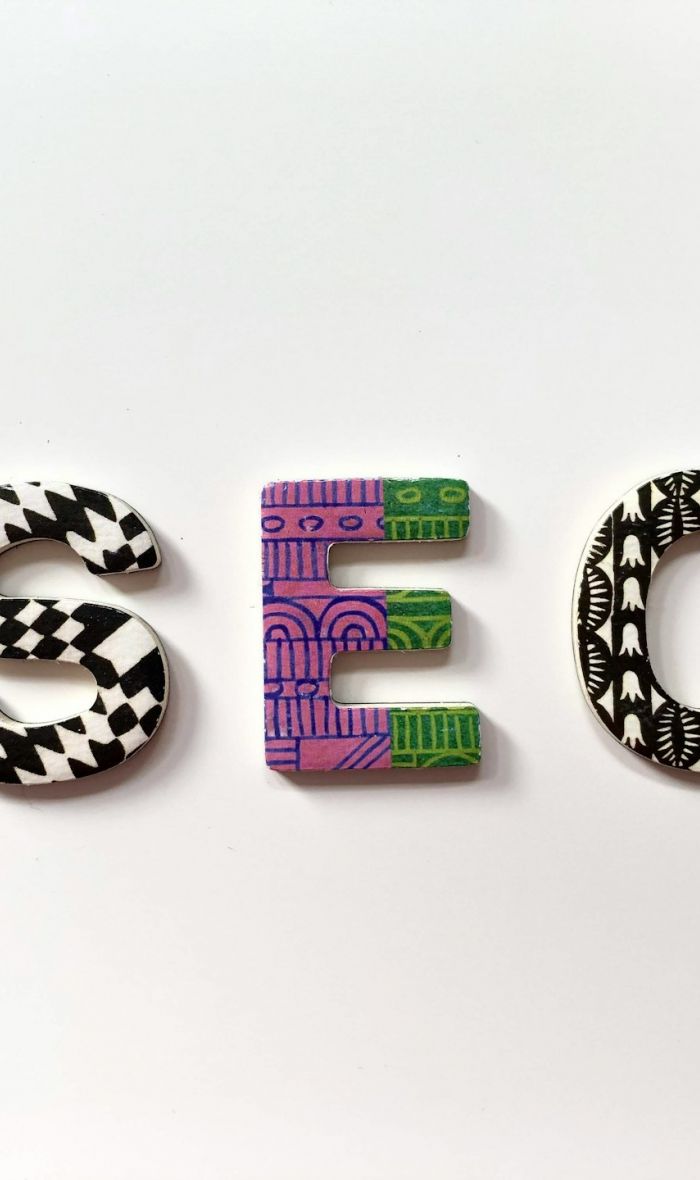On-site optimisation ensures that your website remains search-engine friendly whilst being interesting, rewarding and value-added. On-site optimisation requires a number of elements to maintain the quality of your site, including high quality content creation, search engine optimisation (SEO) and so on, to boost views to your business’ website.
On-site optimisation plays a huge part in the SEO process. It involves making specific changes to your website to ensure that search engines recognise you as a valid website, and that searchers can find you when entering their search terms. This is turn contributes to improved revenues.
On-Site Optimisation: the Specifics
Some of the many stages of the on-site optimisation process include optimising:
- Title Tag
This is by far the most important aspect of your website as it allows visitors to identify your business and decide whether or not it appeals to them. The title tag is the first thing to be shown and indexed by a search engine and should therefore include your business name, keywords and contact info.
- Meta Description
This provides an overall description of your individual page and should therefore be interesting and compelling enough to attract the reader.
- Meta Keywords
These are the keywords that you include on your website. Though this tag was traditionally very important for SEO purposes, it no longer holds so much significance. Nevertheless it is important to include meta keywords for site structure of your site.
- Text
Text plays one of the most vital roles in the importance of a website. High quality content creation should be given paramount significance during the on-site optimisation process as this is what keeps readers committed to your site and encourages them to take action.
- Internal Links
You should never underestimate the power of link building throughout your website. Using the correct text for links, visitors and search engines can have a better idea of what to expect from the page they are about to enter.
- Image ALT and Title Tags
All images incorporated onto your website should have ALT tags and title tags. These enables search engines to know what your image is about and also enhances the likelihood of your site being found by visitors through Google images. Image ALT and image tags are essential in ensuring that your site is found.








